Pioneer DJ’s baby all in one solution
After the run away success of the XDJ-RX2, many of Pioneer DJ’s fanbase were eagerly awaiting a larger four channel version. However what Pioneer DJ delivered was a more compact, portable unit that’s directly aimed at the beginner market.
With two channels, a smaller footprint and most crucially, a smaller price tag. Does the XDJ-RR bridge the gap between bedroom and main stage as Pioneer DJ hope. Or should DJ’s save up the extra money to buy the ever popular RX2? Let’s find out!
The Build
Weighing in a whopping 43% (5kg) lighter than the XDJ-RX2, the RR is a serious featherweight. The smaller dimensions (62cm x74cm) and cheaper construction materials help this units portability but don’t help the overall feel. Unlike the bigger XDJ-RX2 which inherits parts directly taken from the flagship Nexus players, the RR has to make do with cheaper plastics. As such the RR feels very much like the entry level DDJ-400 controller.
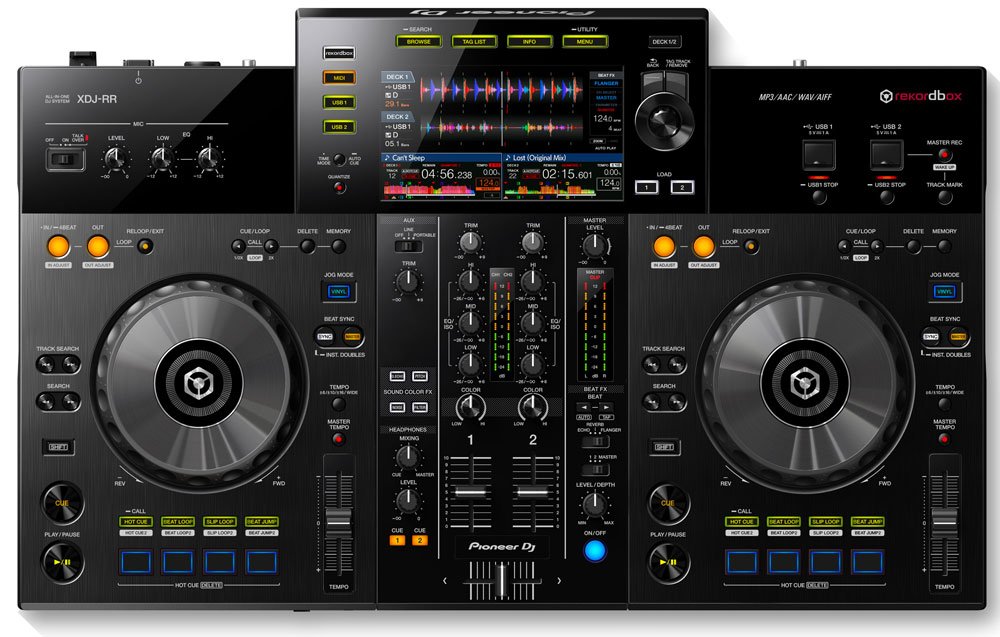
The layout, however, like all recent Pioneer DJ products follows the same layout as the flag ship players. This helps bridge the gap between the players and helps DJ’s feel comfortable immediately as they progress through the range. Striking the balance between portability and performance is a difficult task however Pioneer DJ have still managed to fit a full 7″ colour display. This screen is the same size as found on the larger RX units and although it’s not touch sensitive it features the same on screen information as the original 2015 RX model.
Pioneer DJ have done a brilliant job keeping the layout the same between the XDJ all in one range despite the size differences. The RR shares the same location for the microphones, USB inputs and deck layouts as the giant XDJ-XZ. Again, helping the transition as DJ’s progress.
The Decks
The two decks on the XDJ-RR resemble the layout found on the stand alone CDJ units. Complete with dedicated controls for the cue memory, loop, transport and sync functions. The pitch fader is a small unit with limited throw unfortunately but the master tempo and key range buttons remain which is great to see.
The jog wheels much like the pitch fader are smaller units thanks to the reduced footprint. These much like the RX2 visually appear to mimic the mechanic jog wheels found inside the CDJ players. However these are smaller, capacitive units meaning they respond to touch rather than pressure. The jog wheels don’t feature a needle position indicator for scratching which is a shame but they are smooth and very responsive with minimal latency.
At the bottom of each deck are 4 small clicky performance pads. These allow access to the Hot Cues, Beat Loop, Slip Loop and Beat Jump features. Pressing the shift button allows access to the second layer, allowing more beat divisions and up to eight hot cues. Much like the original RX, these pads only illuminate in blue and are smaller than regular pads found on controllers or the other all in one units.
The Mixer
Sat between the two deck sections is the XDJ-RR’s mixer. This small two channel mixer features up faders, a crossfader and a full three band EQ which can be changed to an isolator in the settings. Unfortunately unlike the RX2 model, the mixer can’t be used to mix external sources. There is however an auxiliary input. Using RCA connections, it allows for an external input such as a CDJ or iPod to be mixed. Unlike the other two channels however, there are no EQ settings.
Just a single volume knob and the ability to switch between Line (CDJ) and Portable (iPOD) gain levels. The two channels also feature four sound color and three beat effects that represent the larger effects units found on flagship mixers. The Echo, Reverb and Flanger effects are the most popular effects commonly used by DJ’s.
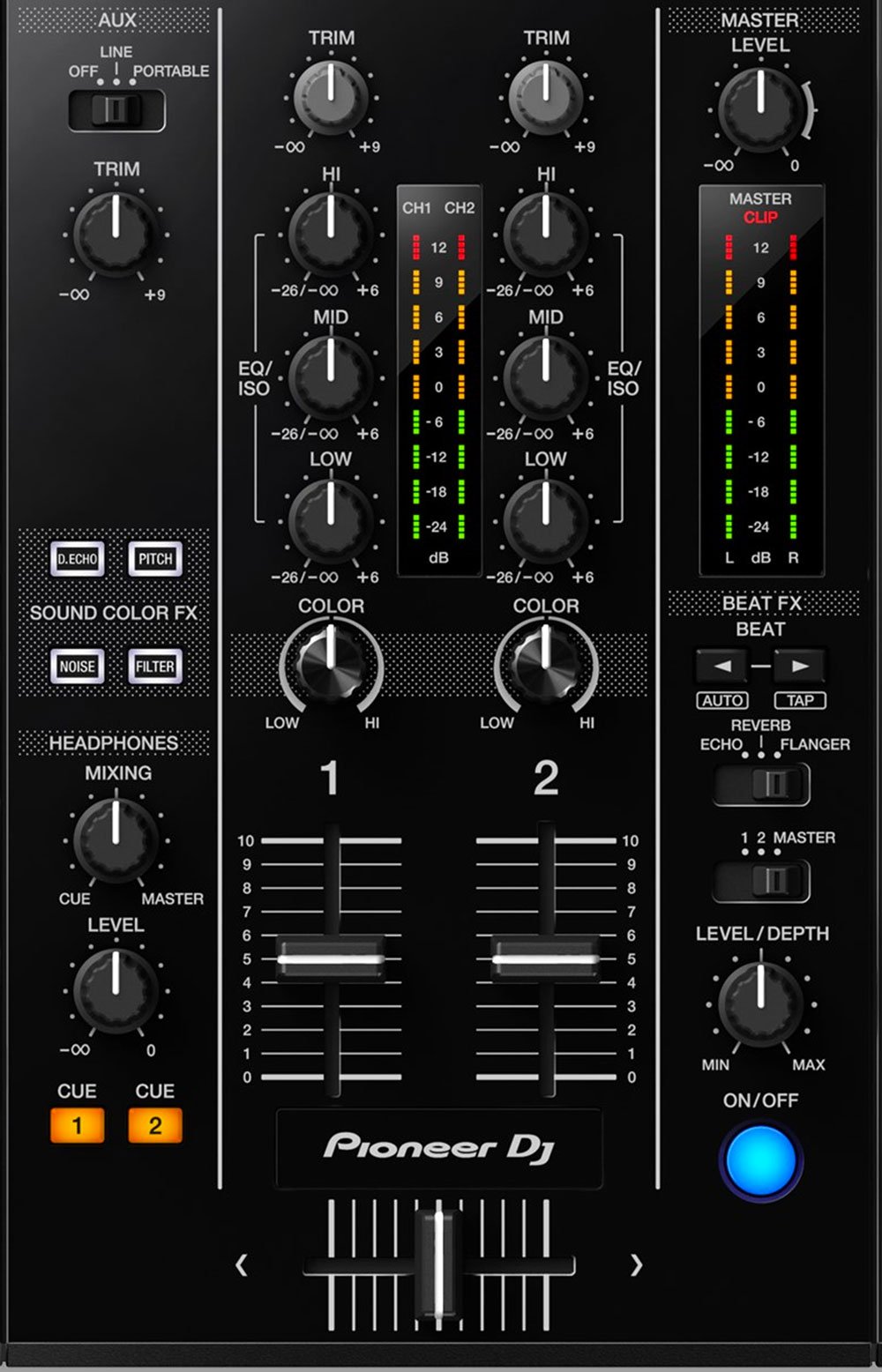
However the sliding switch does feel much cheaper than the more usual rotary dial found on other mixers. Connections on the XDJ-RR allow for the unit to be plugged into both balanced (XLR) and unbalanced (RCA) speakers which is great to see. Unfortunately there are no booth outputs but given the target market, we can fully understand this decision.
A combo XLR/Jack microphone input allows for a single microphone to be input. The mic features a low and high EQ adjustment plus trim control and talk over feature. Finally a USB B connection on the rear of the XDJ-RR allows for computers to be plugged into the unit.
Media
Selecting the media source on the RR is simple with dedicated buttons down the left hand side of the screen. The RR2 features two USB inputs on the top panel and either port can feed both decks at the same time. The USB port found on the right-hand side can also record a DJ set with dedicated track mark buttons to separate the mix into individual tracks.
It’s worth noting that you will need a second USB stick to record onto as you can’t play and record from one stick at the same time. The music on the USB sticks needs to be prepared and exported by Rekordbox software to take full advantage of the RR’s performance features. Alternatively, you can plug the Rekordbox software straight into the unit with the USB B port.
The software can connect in two ways. Firstly in Performance mode, the RR uses MIDI mode to connect. This enables the unit to act like a controller, taking control of the virtual decks within the software. Rekordbox 6 Performance mode unlocks free of charge when the XDJ-RR connected.
Alternatively, the XDJ-RR can access export mode via the dedicated Rekordbox button. This mode enables the RR to read and access the computers Rekordbox library, playing tracks from the computer’s library as if it was a larger USB plugged into the unit. Unlike Performance mode, the RR handles playing the track in export mode. Ideal for users with low spec computers.
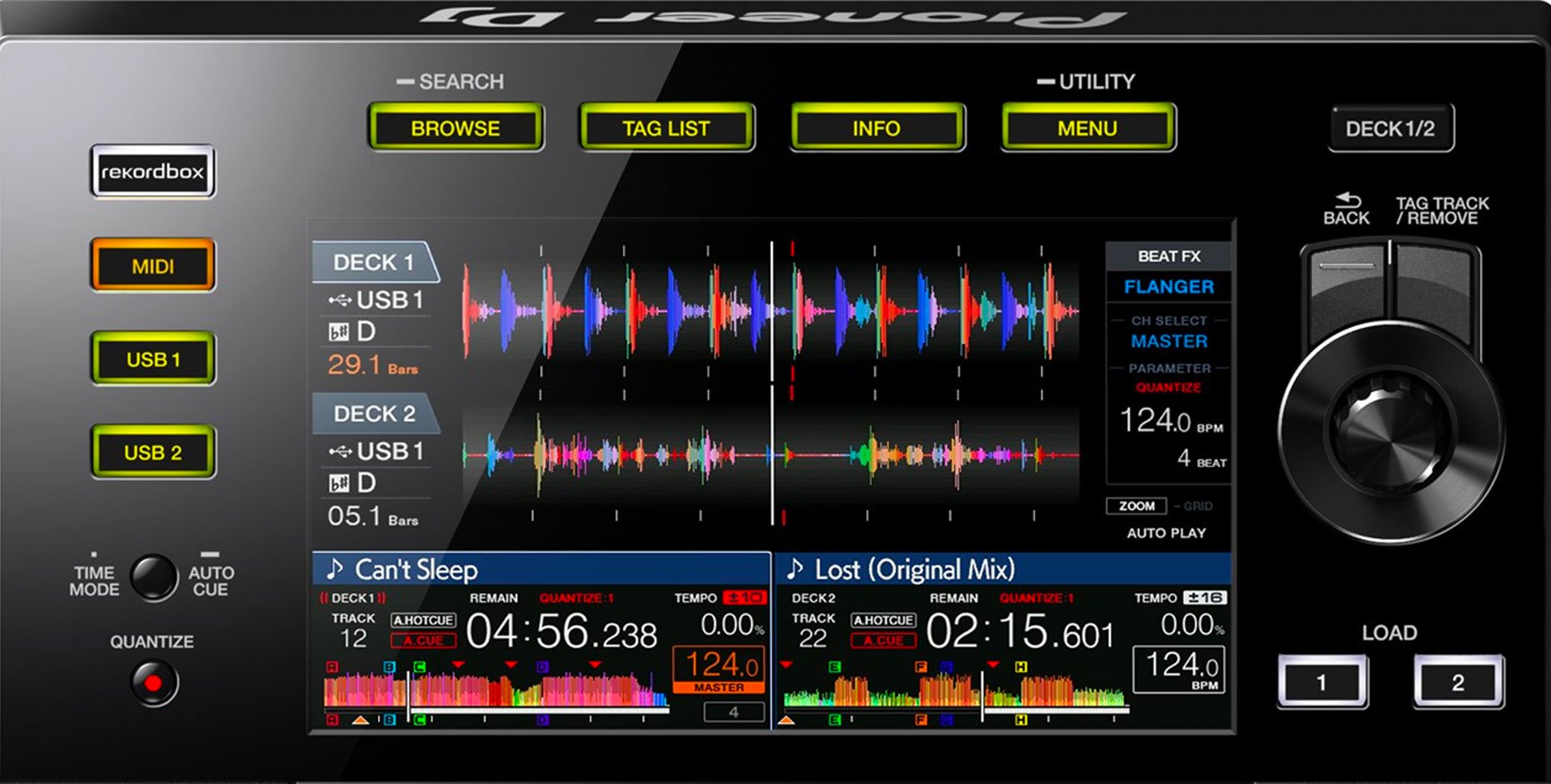
Conclusion
The XDJ-RR is a good entry level unit for DJ’s who want to advance into the Rekordbox USB eco system. The size and portability of the unit will help it become a firm favourite for DJ’s just starting out in bedroom and house parties.
The mixer section does suffer from the cramped layout with the effects and cue selection breaking away from traditional Pioneer styling. That said it’s a small sacrifice for a unit that offers much of the performance of the original XDJ-RX, a unit that costs 50% more just 3 years ago!
Until recently the XDJ-RR was the only stand alone DJ console around the £1000 price range. Since its release, however, Denon DJ have released the battery powered Prime GO and the similarly priced Prime 2 units. Both Denon DJ units out perform the XDJ-RR for the money, however, neither offer that Pioneer DJ lay out and feeling.
Sitting at the bottom of the XDJ all in one family, the RR is the closest a DJ can get to the club standard feeling for around £1000. It’s not flawless with compromised design choices but we can see many beginner DJ’s who aspire to play solely on Rekordbox USB starting with one of these players!
Video Review
Performance Video
Learn to DJ with the XDJ-RR!
Here’s our best selling DJ courses for the RR!
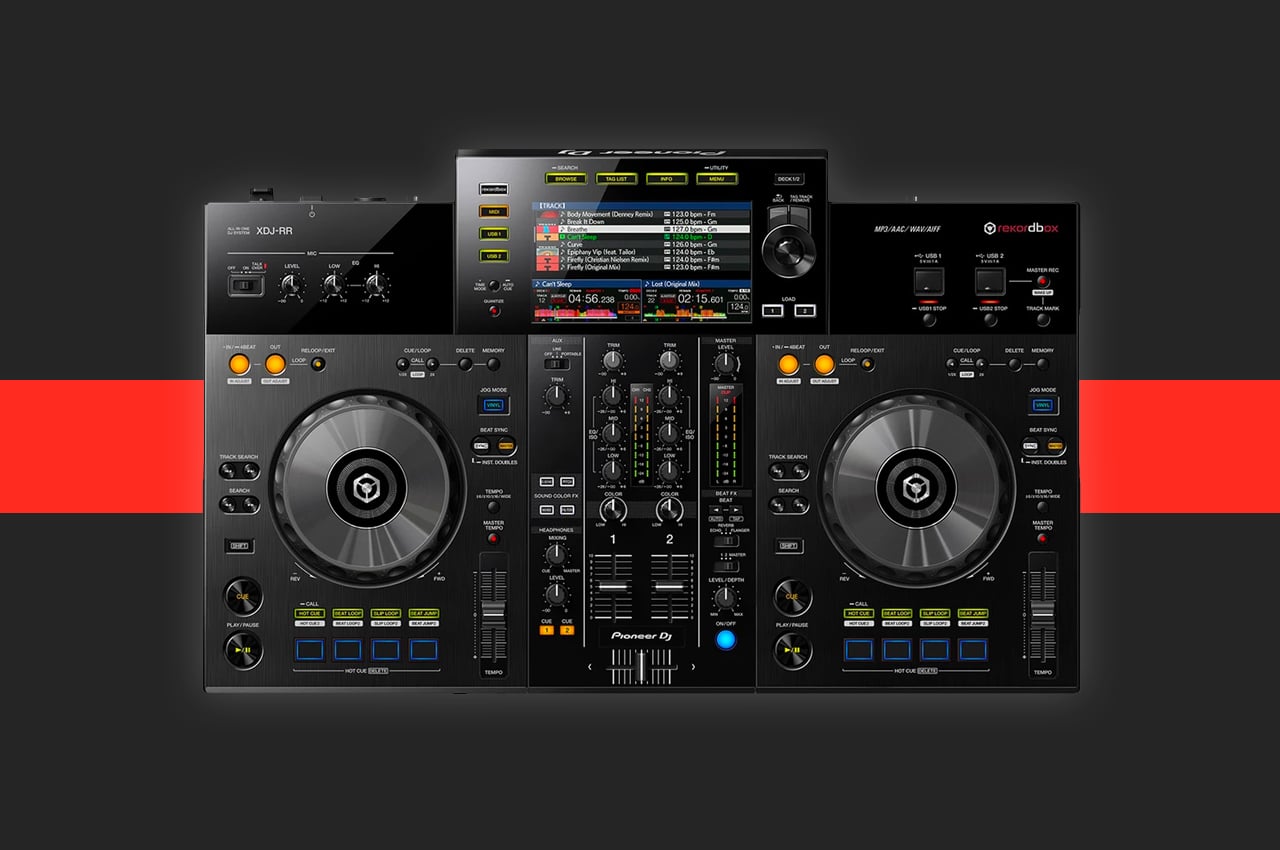
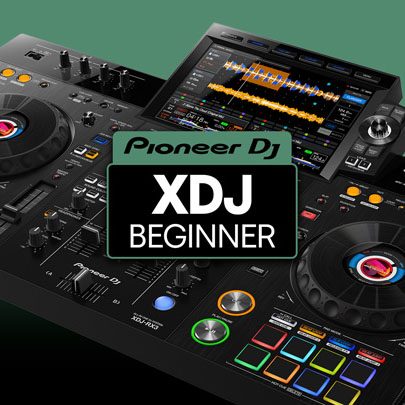
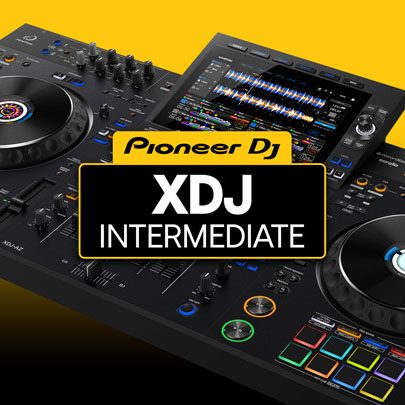
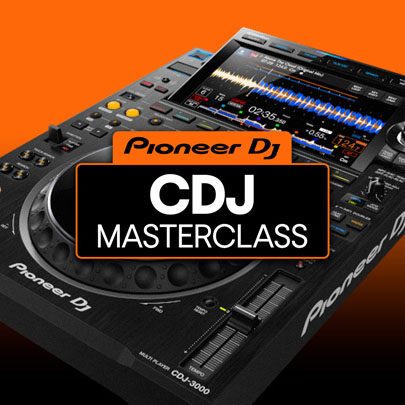
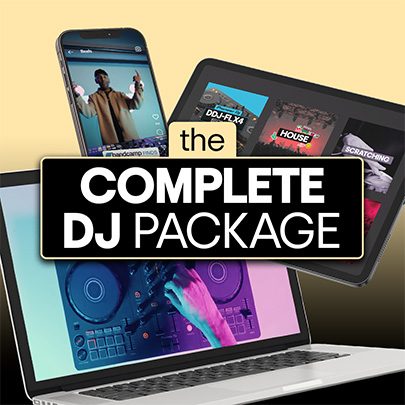

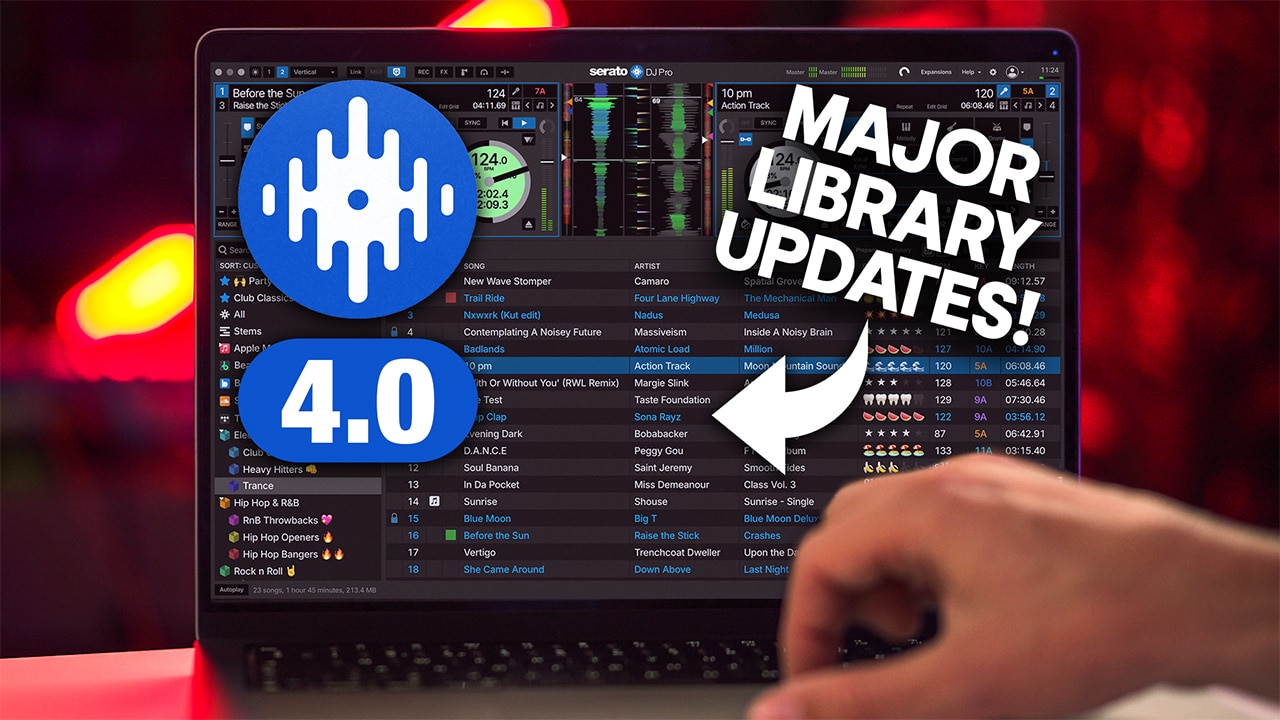
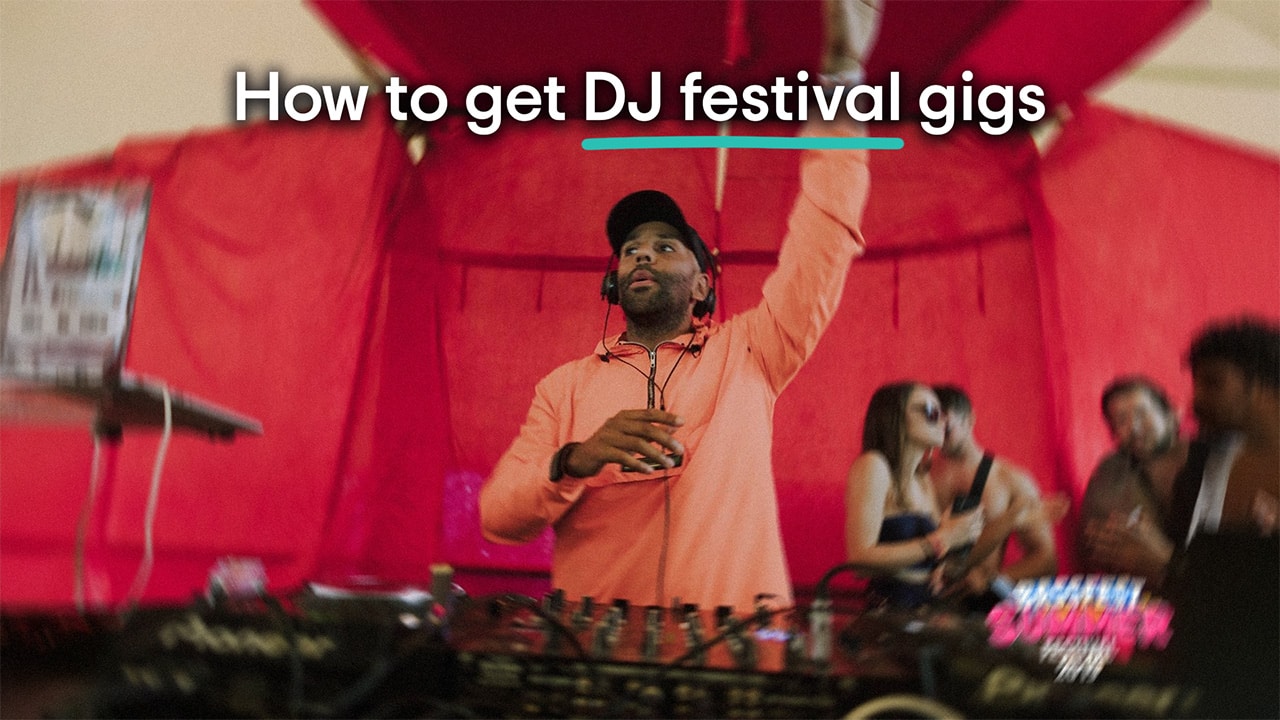
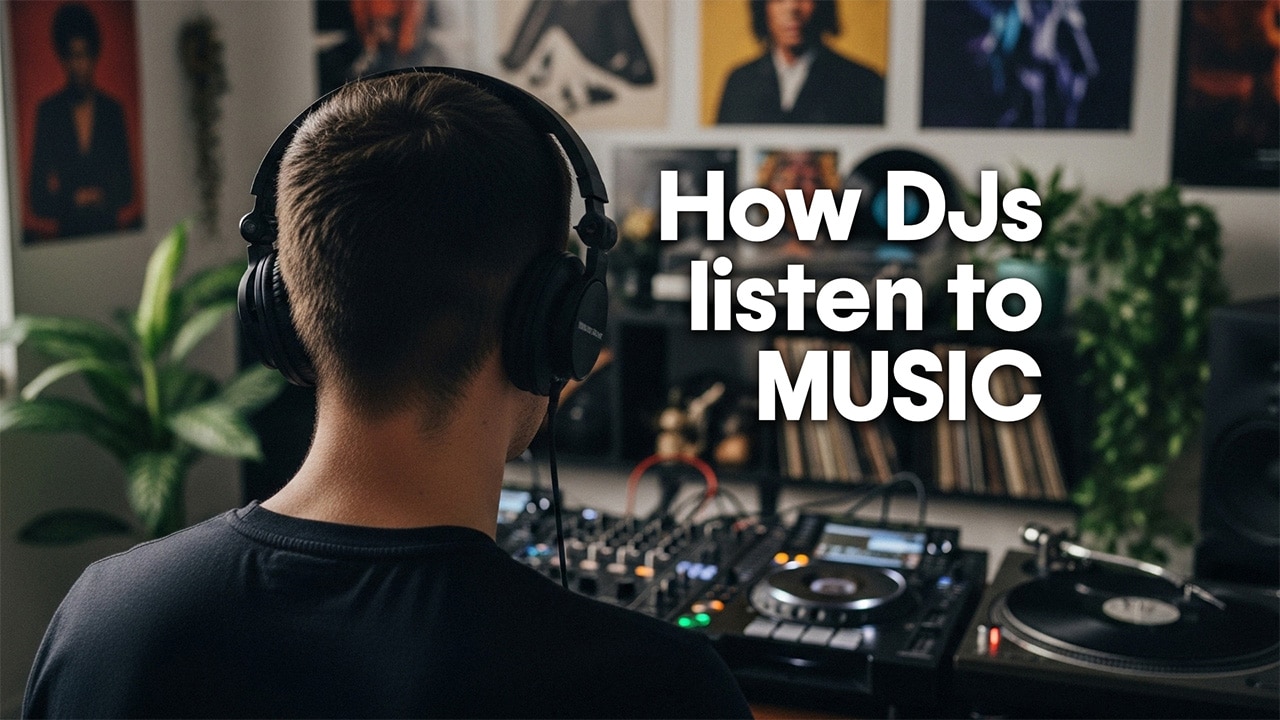
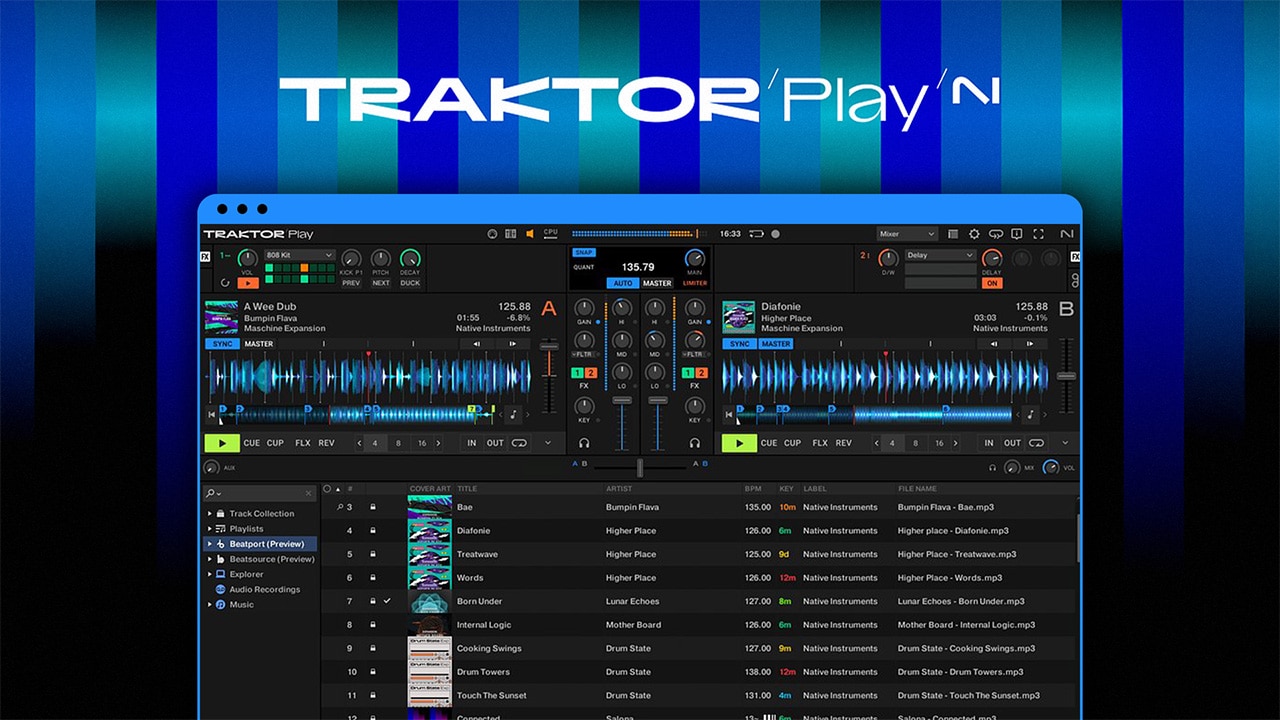
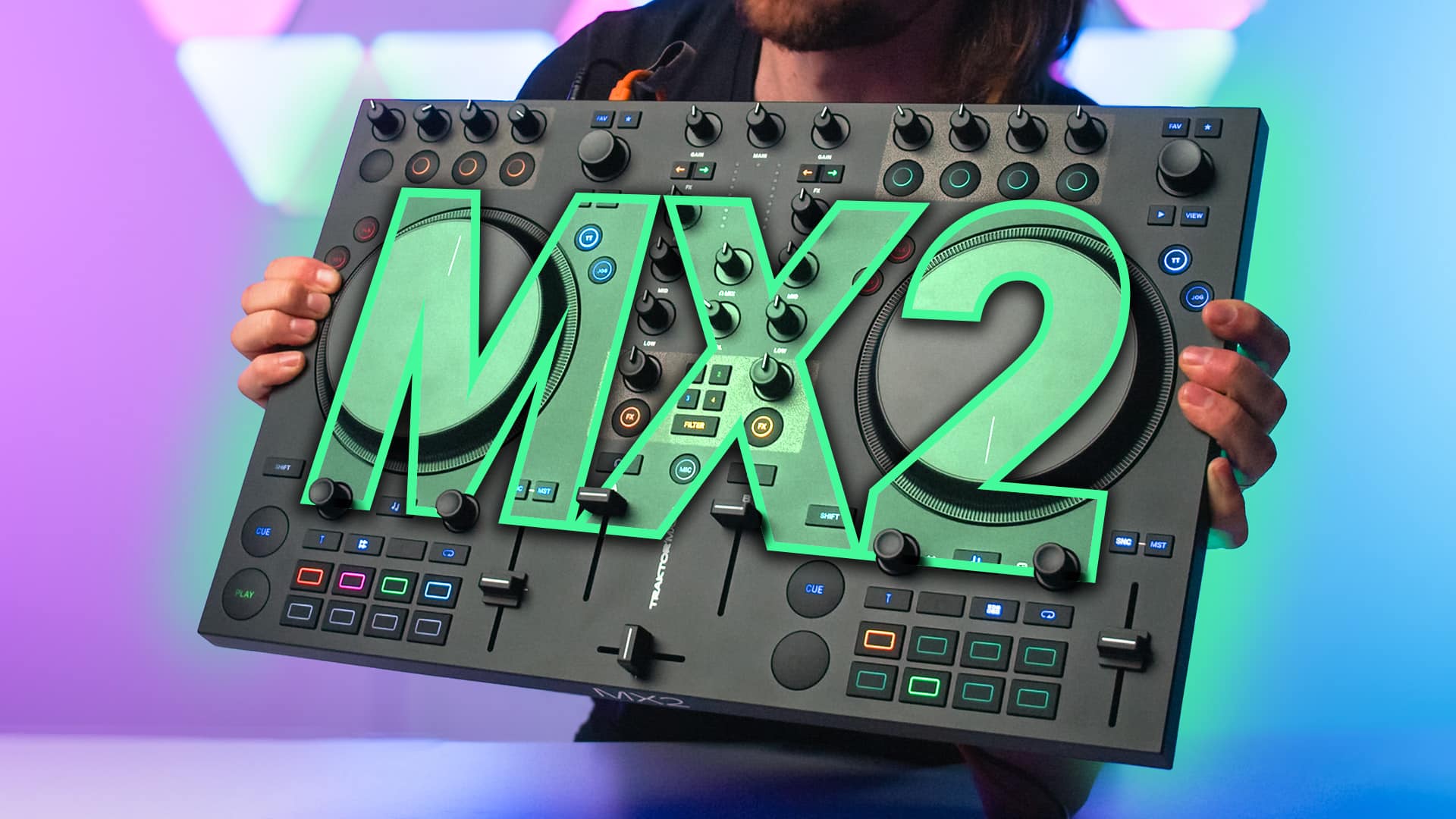
0 Comments